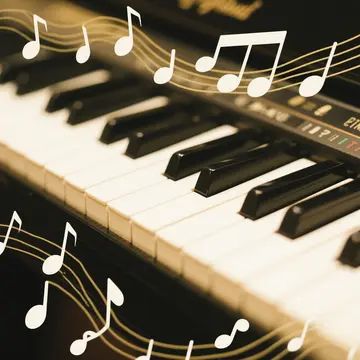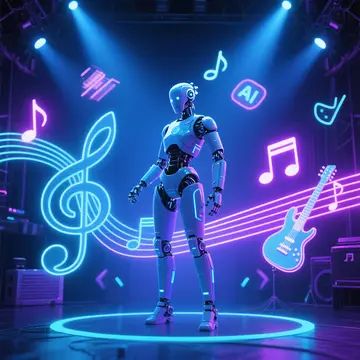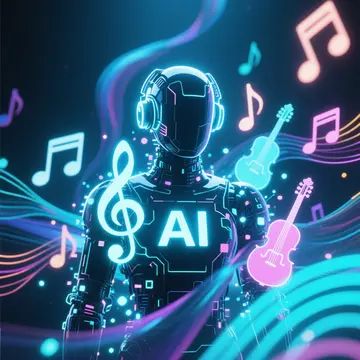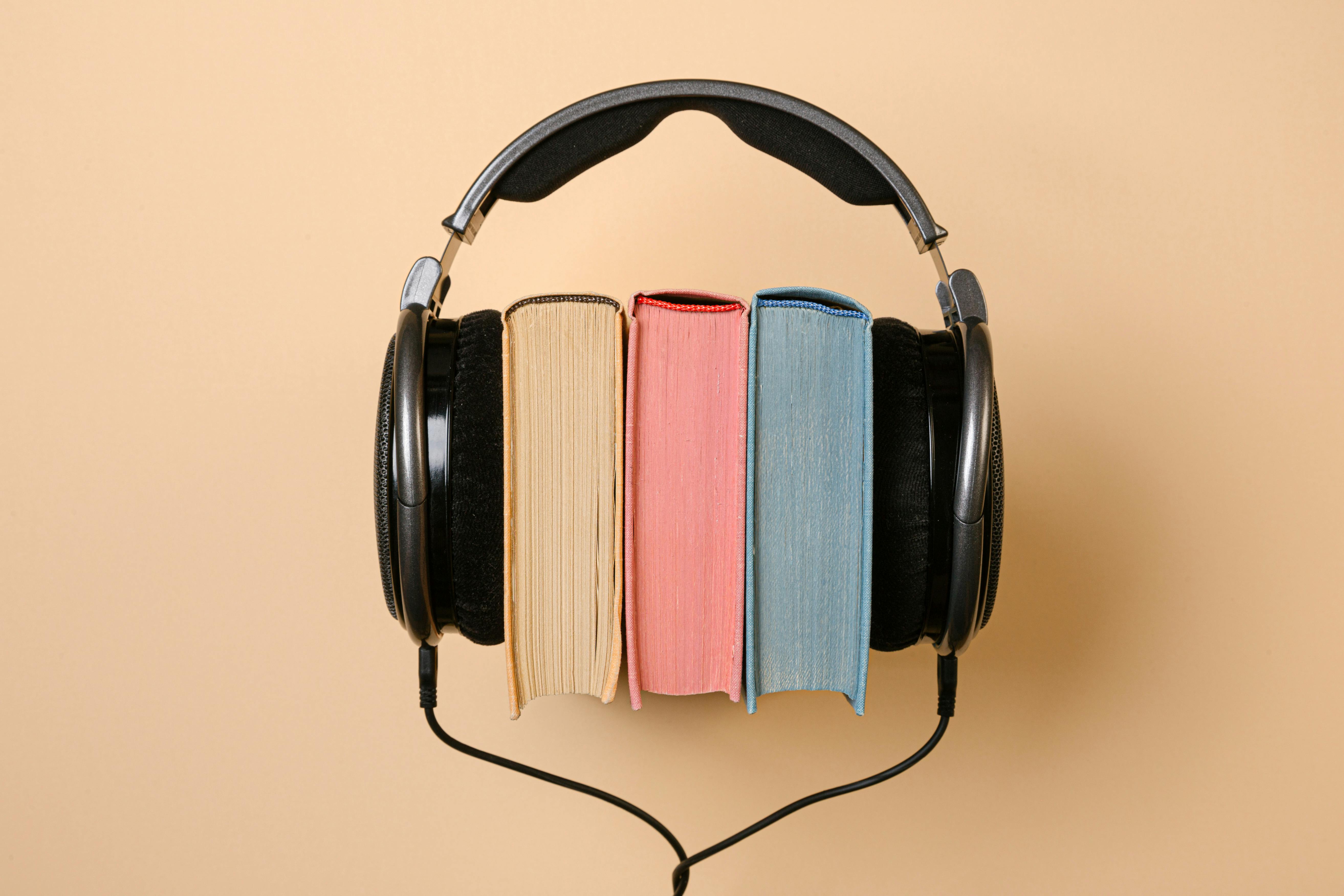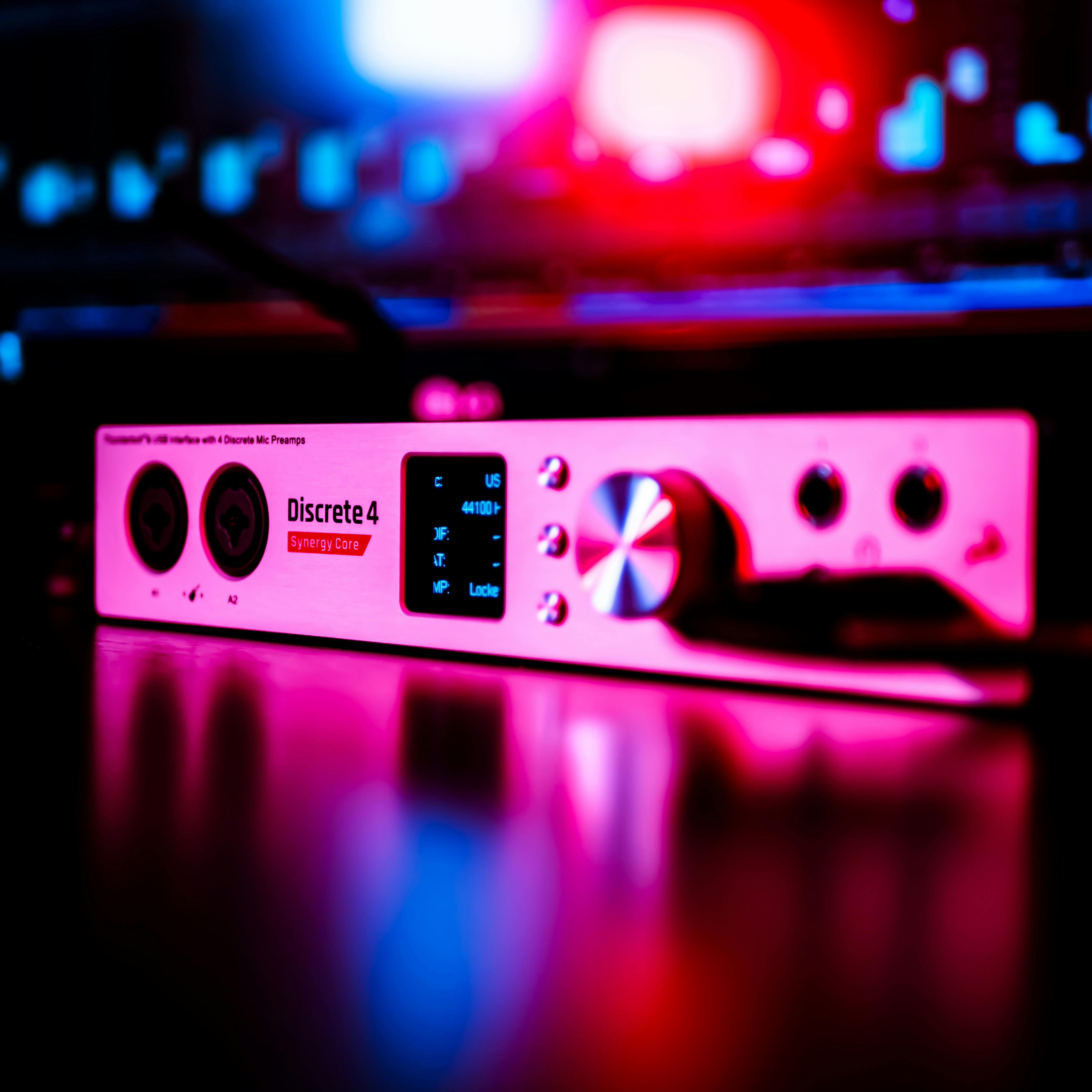Introduction
AI-generated music is revolutionizing the creative industry, but it also raises critical copyright concerns. Can AI music infringe on existing works? Who owns the rights? How can creators avoid legal risks?
This guide explores the biggest copyright challenges in AI music and provides practical solutions to ensure compliance while using AI tools like Soundraw, Mubert, and Boomy.
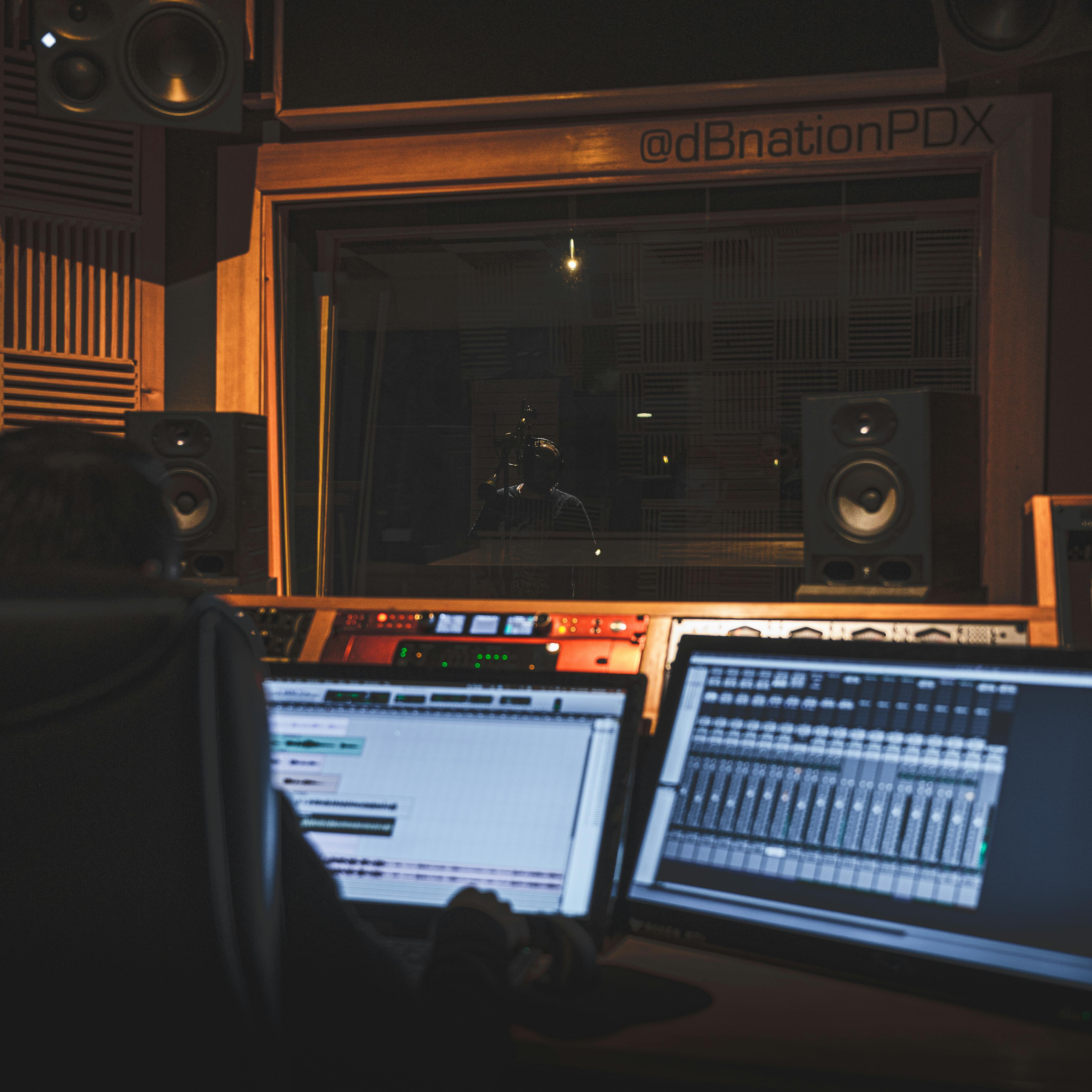
Key Copyright Issues in AI-Generated Music
1. Unauthorized Training Data Usage
Many AI models are trained on copyrighted songs without permission. If an AI generates music too similar to a protected work, it may lead to:
Lawsuits (e.g., cases against OpenAI’s Jukebox).
DMCA takedowns on platforms like YouTube.
?? How to Avoid It:
? Use AI tools with licensed training data (e.g., Soundraw’s proprietary datasets).
? Check if the AI provider discloses its data sources.
2. Ownership & Licensing Ambiguity
Who owns AI-generated music?
In the US, no human authorship = no copyright (USCO ruling, 2023).
Some platforms grant royalty-free licenses (e.g., Mubert Pro).
?? How to Secure Rights:
? Use AI tools that provide commercial licenses (e.g., Boomy’s premium plans).
? Add human modifications (edits, vocals) to claim authorship.
3. Plagiarism Risks in AI Outputs
AI can accidentally recreate melodies, lyrics, or beats from copyrighted songs.
?? How to Reduce Risk:
? Run AI-generated tracks through plagiarism checkers (e.g., Tunebat, Muso).
? Avoid prompts like "Make a song like [Artist Name]."
4. Platform-Specific Copyright Strikes
YouTube/Spotify may flag AI music if it resembles existing tracks.
TikTok/Instagram can mute or remove AI-generated audio.
?? How to Prevent Issues:
? Use royalty-free AI platforms (e.g., Soundraw, AIVA).
? Disclose AI usage in metadata (e.g., "AI-assisted composition").
Best Practices for Legally Safe AI Music
? Choose Ethical AI Tools
Opt for platforms with transparent training data (e.g., Soundraw, Amper Music).
Avoid AI models trained on scraped copyrighted music.
? Modify AI Outputs for Originality
Add live instruments, vocals, or unique arrangements.
Use AI as a starting point, not the final product.
? Secure Proper Licensing
If using AI for ads/commercials, ensure the tool offers business-tier licenses.
Read the fine print—some free tiers restrict monetization.
? Monitor Legal Developments
Follow US Copyright Office updates on AI-generated works.
Stay informed about lawsuits (e.g., major labels vs. AI music startups).
AI Music Tools with Safe Licensing (2024)
| Tool | Copyright Policy | Best For |
|---|---|---|
| Soundraw | Royalty-free (paid plans) | Ad music, YouTube |
| Mubert | License required for ads | Social media clips |
| Boomy | Copyright ownership possible | Independent artists |
| AIVA | Royalty-free (with attribution) | Film/game scoring |
Conclusion: How to Stay Compliant
AI music is a powerful tool, but copyright risks are real. To avoid legal trouble:
? Use ethically trained AI models.
? Modify outputs for originality.
? Secure proper licenses.
By following these steps, creators can leverage AI music without infringing on copyrights.
Need AI music for your project? Stick to licensed platforms like Soundraw or AIVA for worry-free compositions.
See More Content about AI Music

